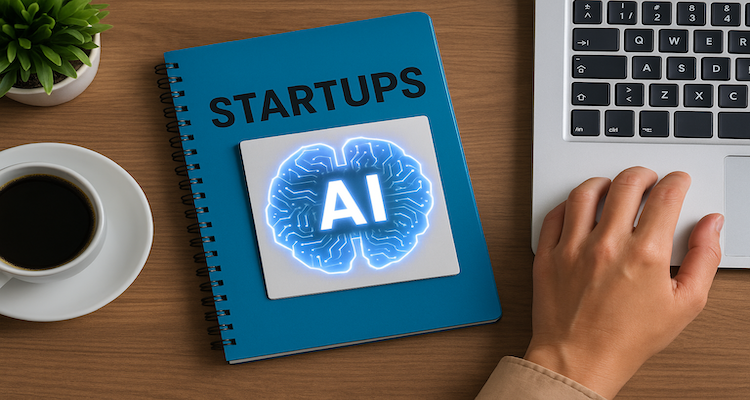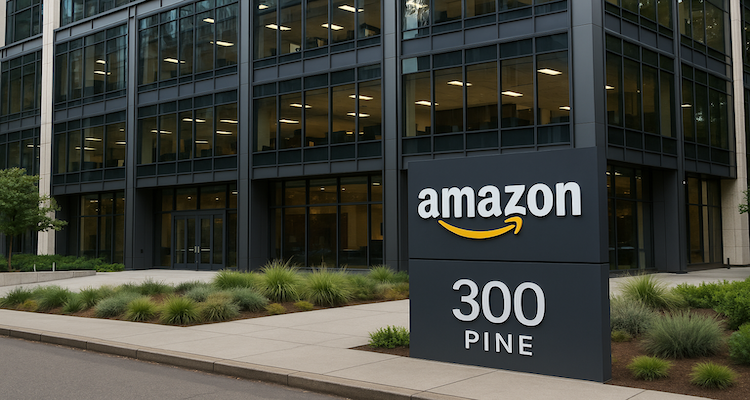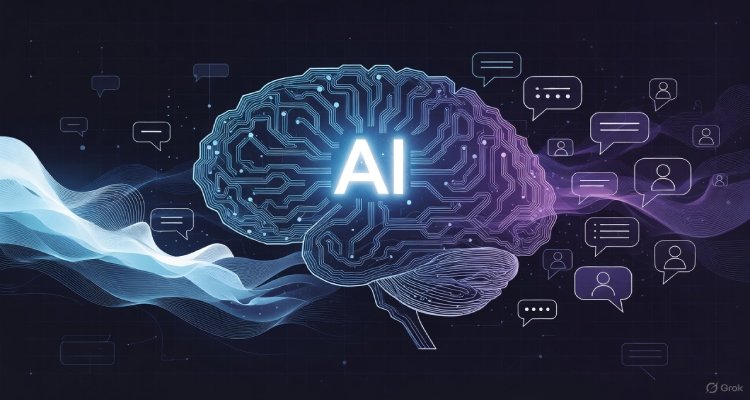Amazon Pushes Engineers Toward Its Own AI Coding Tool
Amazon is urging employees to adopt its in-house AI coding tool, Kiro, over third-party systems as it expands the platform globally and tightens internal policies.
Amazon Urges Engineers to Prioritize Its Homegrown AI Tool
A Shift Inside Amazon’s AI Strategy
Amazon is quietly reshaping how its developers write software. An internal memo reviewed by Reuters reveals that the tech giant is encouraging its engineering workforce to retire most third-party AI coding assistants and embrace Kiro, the company’s own AI-driven code generation platform. The move signals a sharpened push to strengthen Amazon’s standing in the increasingly competitive landscape of AI-powered development tools.
A Company Catching Up in the AI Arms Race
For years, Amazon has faced pressure to keep pace with rivals like OpenAI and Google, both of which have raced ahead with fast-evolving AI models and developer tools. Although Amazon has invested heavily in Anthropic nearly $8 billion and secured a $38 billion cloud agreement with OpenAI, internal leadership now appears focused on consolidating its own AI ecosystem.
Kiro, introduced in July, is Amazon’s answer to popular tools such as OpenAI’s Codex, Anthropic’s Claude Code, and startup Cursor’s rapidly adopted coding assistant. Designed to generate websites, applications, and services from natural-language instructions, Kiro draws on technology from Anthropic but does not rely specifically on Claude Code as its foundation.
The memo marks a strategic turn: Amazon wants its developers building with Amazon-made tools, even if the company maintains major financial ties with competing AI labs.
Amazon Tightens Its Internal AI Policies
According to the memo posted on Amazon’s internal news portal, the company is continuing support for AI tools that teams already use but draws a clear line going forward: no additional third-party coding systems will be permitted.
Amazon’s leadership framed the decision as both a product-development priority and a call to employees for deeper involvement. “As part of our builder community, you play a critical role in shaping these products,” the message stated, urging developers to help refine Kiro as it grows. The memo was signed by Peter DeSantis, senior vice president of AWS utility computing, and Dave Treadwell, senior vice president of eCommerce Foundation.
By effectively steering teams away from Codex, Claude Code, Cursor, and similar tools, Amazon appears determined to establish Kiro as the default and eventually dominant AI-native development environment within the company.
The internal guidance followed shortly after Amazon expanded Kiro’s availability globally and rolled out new feature updates aimed at boosting adoption.
A Push for “Exceptional Experiences”
The memo’s authors emphasized that employee participation is essential to accelerating the platform’s development, writing that creating “exceptional experiences” will require engineers to actively test, challenge, and refine Kiro.
While the tone was supportive, the message also carried a clear directive: Kiro is now Amazon’s recommended path forward for AI-powered development.
Reuters reports that spokespeople for Anthropic, OpenAI, and Cursor did not immediately provide comment. Amazon, however, confirmed the authenticity of the memo.
The company’s internal scrutiny of outside tools is not new. In October, Amazon revised its guidance around OpenAI’s Codex to “Do Not Use” after a six-month review. Claude Code was similarly flagged but later reinstated following media inquiry. These reversals hint at ongoing internal debate over security, data sensitivity, and long-term control of AI development pipelines.
What This Means for Amazon and the Industry
The directive could have rippling effects across Amazon’s vast engineering organization. Many developers have embraced AI assistants like Cursor, which recently secured a valuation near $30 billion after a major funding round. Engineers accustomed to the rapid iteration and flexibility of external tools may face a transition period as Amazon pushes adoption of Kiro.
For Amazon, the shift brings potential advantages:
-
Unified Development Environment: A single tool could streamline code quality, security, and compliance across teams.
-
Tighter Data Controls: Reducing reliance on third-party AI systems may mitigate concerns about data leakage or model-training exposure.
-
Strategic Alignment: Building momentum behind Kiro helps Amazon compete more directly in the AI tooling market.
But challenges remain. Amazon must convince employees that Kiro matches or exceeds the capabilities of well-established competitors. And as Amazon deepens partnerships with Anthropic and OpenAI, steering employees away from their tools may require a delicate balancing act.
A Defining Moment for Amazon’s AI Future
Amazon’s directive signals more than a preference for its own technology it represents a broader strategic pivot toward a unified, Amazon-first AI development ecosystem. As Kiro expands globally and the company urges engineers to refine it from within, Amazon is betting that internal innovation can help it regain momentum in the AI race. Whether the move accelerates its competitiveness or creates friction among developers will become clearer as the tool matures and adoption grows.
ALSO READ: The Rise of Weaponized Deepfakes










